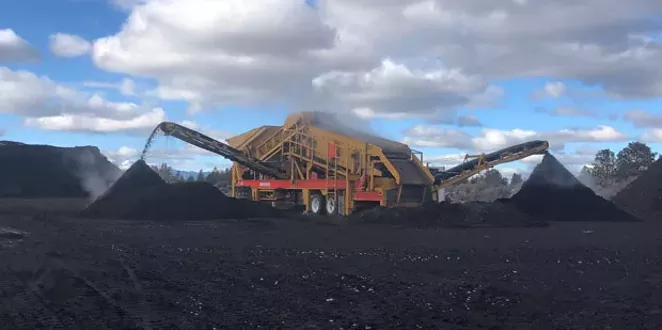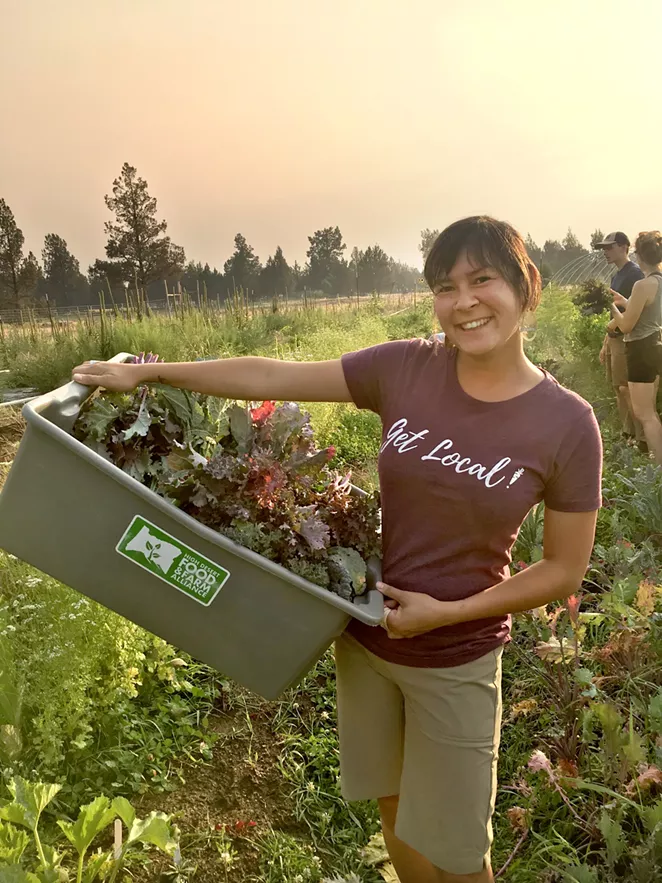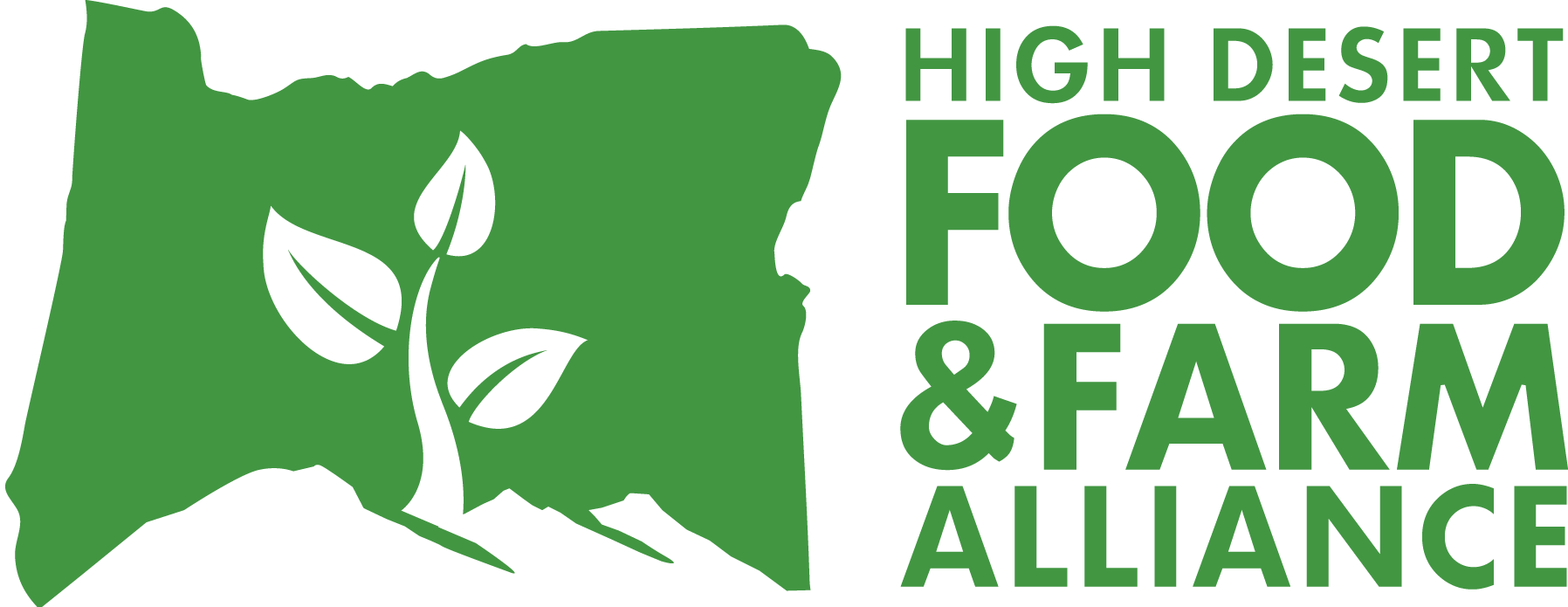Imagine standing in front of a fridge stocked with produce, dairy, meat, plus dozens of condiment jars. Now take a quarter of that food out and bury it. That might sound ridiculous, yet that’s what happens all across the country: more than one-fourth of the food produced in the U.S. ends up in a landfill.

- DESCHUTES RECYCLING
- Deschutes Recycling mulches and composts food waste at Knott Landfill in Bend.
According to ReFED, a national coalition that analyzes the economics of food waste, 62 million tons of food is wasted in the U.S. each year—nearly a pound per person, every day, filling over 20 percent of landfill space.
Across Oregon, food waste contributes to an estimated 18 to 26 percent of the waste stream. Timm Schimke, director of solid waste for Deschutes County, suspects Bend sits at the higher end. “Considering the impact of tourism, we probably have more food thrown away than in other communities,” he said.
How to reduce food waste? Efforts are growing, locally and nationally, to reduce food loss at every point along the supply system.
Food waste on the farm
American consumers have high standards for food’s appearance. Twenty percent of the produce farmers grow never reaches the market; an odd shape or blemish is enough to give it a failing grade. Rejected produce also wastes the water and any chemicals used to grow it.
Most often, rejected produce is left to rot or sent to the landfill. Nationwide campaigns such as Imperfect Produce and Ugly Fruit & Veg are working with grocery markets to accept a wider variety, but consumer attitudes hold the key to success. The mission depends on people’s willingness to purchase less-than-perfect produce.
In Central Oregon, the High Desert Food & Farm Alliance tackles the issue through its Grow & Give program, which brings locally grown food to those who need it. HDFFA’s program coordinator, Meiko Lunetta, understands why food is often left in the fields—and also how to save it.
“Farmers leave produce behind when they know it will be rejected by buyers,” she explained. “Sometimes they have to move on to the next crop, even when there’s food yet to pick.” HDFFA helps by organizing harvesting events known as gleanings. Gleanings use volunteers to pick what’s left behind after the main harvest.
During the 2018 growing season, gleanings happened at 14 local farms. Each brought in about 1,000 pounds of fresh food, then donated to NeighborImpact, a local organization that distributes the produce among food banks and meal sites.

- SUBMITTED
Matching supply to demand
Once food hits grocery shelves and commercial kitchens, another 25 million tons of food goes into the trash. ReFED identifies two major causes: confusion about “best by…” dates, and a mismatch between food supply and demand. “Sell by” labels rarely mean food is unsafe. Yet grocery stores regularly remove any food approaching the labeled date.
One option is to donate excess food where it can be used quickly. Grocery Outlet in Bend brings weekly loads of food to Shepherd’s House shelter. Many other stores connect with NeighborImpact, which claims it’s the largest distributor of donated food in Central Oregon.
“In 2018, we diverted over a million pounds of food from the landfill,” said Carly Sanders, NeighborImpact Food Program Director. Trucks make regular pickups at 18 groceries, and distribute through the Brown Bag program in Deschutes, Jefferson and Crook counties.
Turning scraps into soil
High desert soil lacks organic material, so composting food is a double win. Commercial compost pickup is growing, but the added cost and training are obstacles for many businesses, according to Bend Garbage & Recycling.
At home, people can add vegetable scraps to yard debris bins for easy composting. Deschutes County officials have discussed expanding residential compost to include all food scraps over the next few years, as a possible solution for extending the life of Knott Landfill.
Reducing waste at home
According to a 2017 report from the Natural Resources Defense Council, the greatest amount of food is wasted at home, in home kitchens. As a wealthy nation, the ability to buy more food can build apathy about discarding it, and Americans throw out $144 billion every year.
ReThink Waste, a project of The Environmental Center in Bend, aims to reduce that number. Its online challenge offers a free 4-week series to help users use food more efficiently.
Resources for reducing food waste:
Volunteer for a gleaning or donate produce to HDFFA at 541-390-3572 or info@hdffa.org
Locate a Brown Bag site at NeighborImpact.org or call 541-548-2380
Learn more about ReFED’s reports at refed.com
Sign up for the Rethink Food Challenge at RethinkWasteProject.org
Find commercial composting information at bendgarbage.com and residential composting information at deschutesrecycling.com





